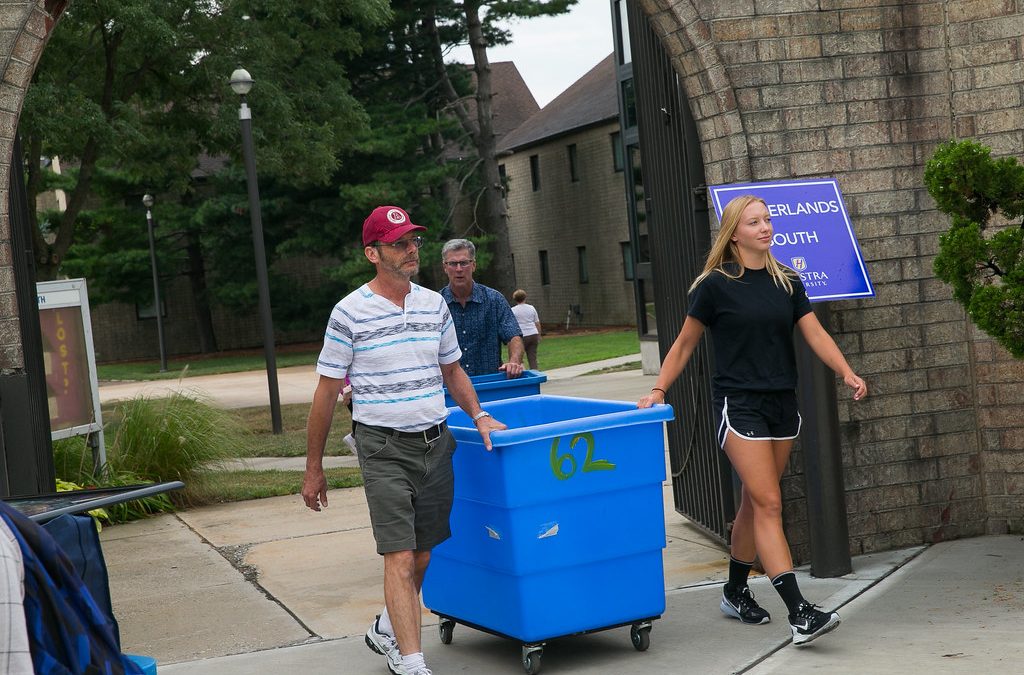Among educational savings plans, 529 accounts are the most widely used and popular option. There are about 17 million 529 accounts currently valued at over $525 billion.
For years, 529 accounts have been considered to be educational savings plans intended for college only. However, recent changes to the underlying laws made by the Budget Reconciliation Law (the Law) are about to alter that perception.
The Law enables 529 accounts to serve as educational savings plans for many non-academic types of post-secondary education such as training in airplane mechanics, food safety, and the construction trades. 529’s are not available just for funding a college education anymore, but for all types of post-secondary training that meets certain qualifications. The recent changes in the Law also help adults who have been in the work force for years but aspire to pursue new careers that call for retraining. The K-12 expenses that can be funded from a 529 plan have also been updated.
It is uncertain if expanding the usefulness of 529 plans will induce substantially more people to use them for education savings. Most people who use 529’s are at the higher end of the income scale and know early on that they want to send their children to college. Although the Law’s changes expand the pool of potential beneficiaries, 529 account-holders will still need sufficient discretionary income to contribute to their account.
Broadening the types of education eligible for 529’s opens them up to people with a wider range of life plans. It reduces the anxiety that earnings in a 529 might be subject to taxes and an IRS penalty if the beneficiary doesn’t go to college. The new changes complement two other steps taken in recent years to avoid this dilemma:
- Allowing surplus funds in a 529 to be rolled over into an IRA, and
- Using 529 funds for another family beneficiary who chooses to go to college.
What Are 529 Accounts
As college costs began to rise rapidly about 30 years ago, state-administered 529 accounts were introduced to help families save for their children’s college education. A 529 account is a tax-advantaged savings plan designed to help families save for future educational expenses. The plans are sponsored by states, state agencies, or educational institutions. A 529 account can be opened and owned by parents, grandparents, or any adult on behalf of a child. The account owner retains control over the account.
There are two types of 529 plans:
- 529 College Savings Plansare the most common type and allow investments in securities with tax-free growth and for qualified withdrawals;
- 529 Prepaid Tuition Planslet account holders prepay tuition at today’s rates for future use at participating public in-state schools.
Qualified expenses for 529 accounts include college tuition, fees, room & board, books, and supplies as well as K-12 tuition up to $10,000 per year. Costs of an apprenticeship can also be covered. Student loans may repaid with 529 account withdrawals up to a lifetime limit of $10,000 per beneficiary. Withdrawals for other purposes become taxable income and incur an IRS penalty. The 529 contribution limit is $300,000 per beneficiary.
Changes in the 2025 Law
All of the 529 rules noted above still apply but, under the Law, money saved in 529’s can now be used to pay for the costs of training provided by trade, technical and other types of schools. They can also be applied to the preparation and testing required to obtain or maintain an occupational or professional credential or to pay costs for job-required continuing education. Many of these types of education and credentialing courses have been eligible for 529 withdrawals, but only if they were offered by a college.
The Law has widened the non-academic options of 529’s. To qualify as eligible, training must be provided by a recognized credentialing school on lists maintained by each state under a Federal law passed in 2014 or those on a list maintained by the Department of Veterans Affairs. Programs approved by the U.S. Education Department (ED) and by credentialing organizations authorized by the ED can also qualify.
Eligible Credentialing Programs
Popular fields for credentialing include business, health care, and engineering-related jobs such as construction and mechanical trades. The new 529 rules encompass programs other than those that lead to a traditional academic degree, such heating/air-conditioning repairman, radiology technician, dental hygienist, or automobile mechanic.
The Law also allows 529 funds to be used for tests and continuing-education fees in fields that require a bachelor’s, graduate, or professional degree, including as exams to become a certified public accountant or state bar exams required to become a licensed attorney.
Under a prior change, 529’s could be used to pay for certain apprenticeships, but it was difficult to determine which programs qualified because the ED did not publish a list of eligible programs. The new Law refers students to special-purpose directories listing eligible credentialing programs so they can find one that meets their goals.
New Qualified Expenses
Examples of changes to 529 qualified expenses include the cost of tools necessary for a welding certificate, textbooks needed to prepare for a nursing certification, and registration fees for an occupational license. Others include the cost of obtaining a commercial driver’s license and continuing-education credits for doctors, lawyers, and public accountants.
K-12 Education
Under a Federal tax change in 2017, up to $10,000 a year can be withdrawn tax free from a 529 account to pay for K-12 tuition. The new rules increase the limit to $20,000 a year and expand eligible expenses to include textbooks and workbooks; certain tutoring services; fees for standardized tests like the SAT, ACT, and AP; and dual-enrollment fees for college-level courses taken during high school. The Law does not permit coverage of home-schooling expenses.
Effective Dates
The expansion in the Law of post-secondary educational choices and of eligible expenses for K-12 education took effect on July 5. The higher $20,000 limit for K-12 tuition doesn’t take effect until January 1, 2026.


Recent Comments